-

Sodium Formate: An Essential Compound for Various Industries
Sodium formate, a white absorbent powder or crystalline, is a chemical compound with a slight formic acid odor. This chemical is soluble in water and glycerin but slightly soluble in ethanol and completely insoluble in ether. Although it is toxic, sodium formate plays a crucial role in various industries due to its unique properties and potential applications.
-
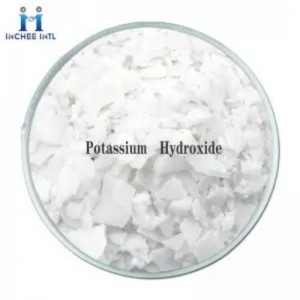
Unlock the Power of Potassium Hydroxide for Your Business Needs Today!
Potassium hydroxide, also known as caustic potash, is an inorganic compound with the chemical formula KOH. This chemical compound is commonly referred to as an inorganic base, and is known for its strong alkaline properties. A 0.1mol/L solution of this compound has a pH of 13.5, making it highly basic.
Potassium hydroxide is soluble in water and ethanol, but only slightly soluble in ether. This compound is highly hygroscopic and deliquescent; it easily absorbs water and carbon dioxide from the air. When potassium hydroxide absorbs carbon dioxide, it is converted into potassium carbonate.
-
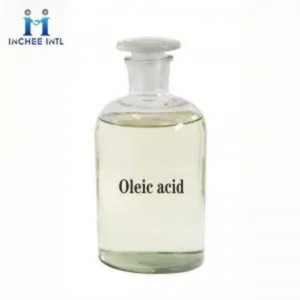
Unlock the Amazing Benefits of Oleic Acid: Your Ultimate Guide!
Oleic acid is a powerful substance that has been utilized in industries all around the world. Its chemical formula, C18H34O2, may seem intimidating, but its vast array of benefits make it an essential component in many products.
Found in both plants and animals, oleic acid is a monounsaturated Omega-9 fatty acid. Hydroaddition of oleic acid to stearic acid provides a game-changing substance for industries such as wool spinning, wood industry, and even agriculture.
-

ERUCAMIDE –The Ultimate Additive for Your Plastics
ERUCAMIDE is a kind of advanced fatty acid amide, which is one of the important derivatives of erucic acid. It is widely used in plastics and is a waxy solid without odor, insoluble in water, and has certain solubility in ketone, ester, alcohol, ether, benzene, and other organic fluxes. ERUCAMIDE has excellent surface polarity, high melting point, and good thermal stability, making it an ideal replacement for other similar additives used in plastics.
-
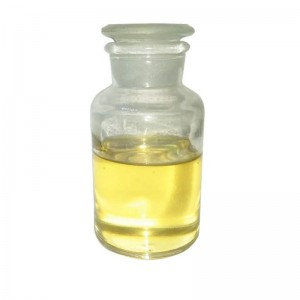
ANCAMINE K54 – The Superior Epoxy Curing Agent You Need.
If you’re searching for a high-quality catalyst for epoxy resins, look no further than Ancamine K54. This efficient activator packs a powerful punch, enhancing the curing process and improving the performance of a wide variety of hardener types.
What makes Ancamine K54 so effective? This tris-2,4,6-dimethylaminomethyl phenol compound is a versatile catalyst that can be used to cure epoxy resins in numerous applications. It can be combined with polysulfides, polymercaptans, aliphatic and cycloaliphatic amines, polyamides and amidoamines, dicyandiamide, anhydrides, and more, providing you with maximum flexibility and versatility.
-
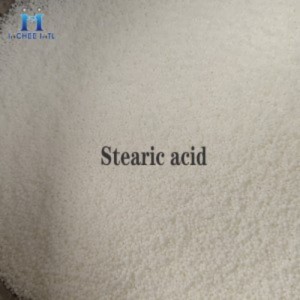
Stearic Acid: The Secret Weapon Behind Successful Industrial Production
In the world of industrial production, the key to a successful operation is the use of high-quality materials that are efficient and effective. One such material that has proven to be indispensable is Stearic Acid. This industrial-grade product has a wide range of uses that have made it a go-to solution for various applications.
Stearic Acid is also known as Octadecanoic Acid, with the chemical formula C18H36O2. It is produced through the hydrolysis of oil and is mainly used in the production of stearates. Stearic Acid-829 is a white or white-like powder or crystalline hard block that has a microstrip luster fine needle crystal.
-
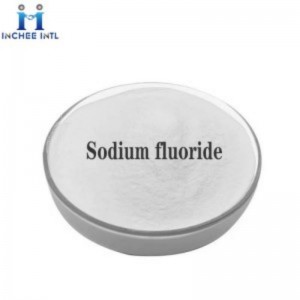
Unlock the Power of Sodium Fluoride
Have you ever heard of sodium fluoride? This inorganic compound, also known as NaF, is a crucial ingredient in various fields such as agriculture, coating, and preservation. With many uses and benefits to offer, it’s essential to know more about sodium fluoride’s remarkable properties.
Firstly, let’s discuss sodium fluoride’s chemical nature. As mentioned, NaF is an inorganic compound with the molecular formula of NaF. This salt is hygroscopic, meaning that it can readily absorb moisture from the atmosphere. Sodium fluoride is a vital ingredient in the production of other fluoride compounds and is commonly used in the coating industry as a phosphating accelerator, agricultural insecticide, sealing materials, and preservatives.
-
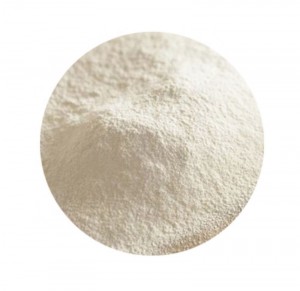
Xanthan Gum Industrial Grade: A Revolutionary Product for the Industrial Markets
Xanthan gum, also known as Hanseum gum, is a type of microbial exopolysaccharide produced by Xanthomnas campestris through fermentation engineering. It is made from carbohydrates such as corn starch and is known for its unique rheological properties, good water solubility, heat and acid base stability, and excellent compatibility with various salts.
-

Oxalic Acid: The Powerhouse of Reducing and Bleaching Agents
Oxalic acid, a naturally occurring dicarboxylic acid, is widely used in a variety of industries owing to its incredible properties. Found in many fruits and vegetables as calcium or potassium salts, oxalic acid is a versatile compound that offers numerous benefits. In this blog post, we will explore the uses of oxalic acid and the industries that benefit from it.
-
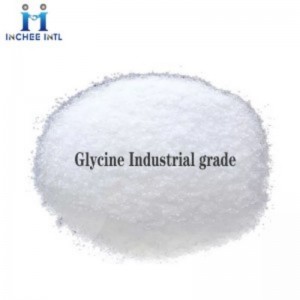
Glycine Industrial Grade: A versatile amino acid
Glycine is an important amino acid that has a wide range of industrial applications. As an industrial grade product, it is commonly used as a biochemical reagent, and in the production of medicine, feed and food additives, and even in the nitrogen fertilizer industry as a non-toxic decarbonization agent.
The molecular formula of glycine is C2H5NO2, with a molecular weight of 75.07. It is available in various forms, including white monoclinic system or hexagonal crystal, or white crystalline powder. Its physical properties make it easy to handle and use in a variety of industrial processes.
-
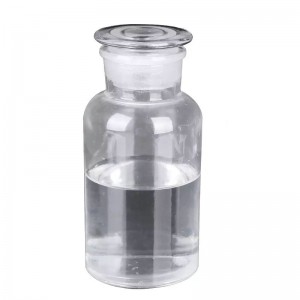
Experience Superior Quality with DINP Industrial Grade: The Top Choice for Leading Industries!
Diisononyl phthalate (DINP), a transparent oily liquid with a slight odor that boasts excellent properties as a main plasticizer.

